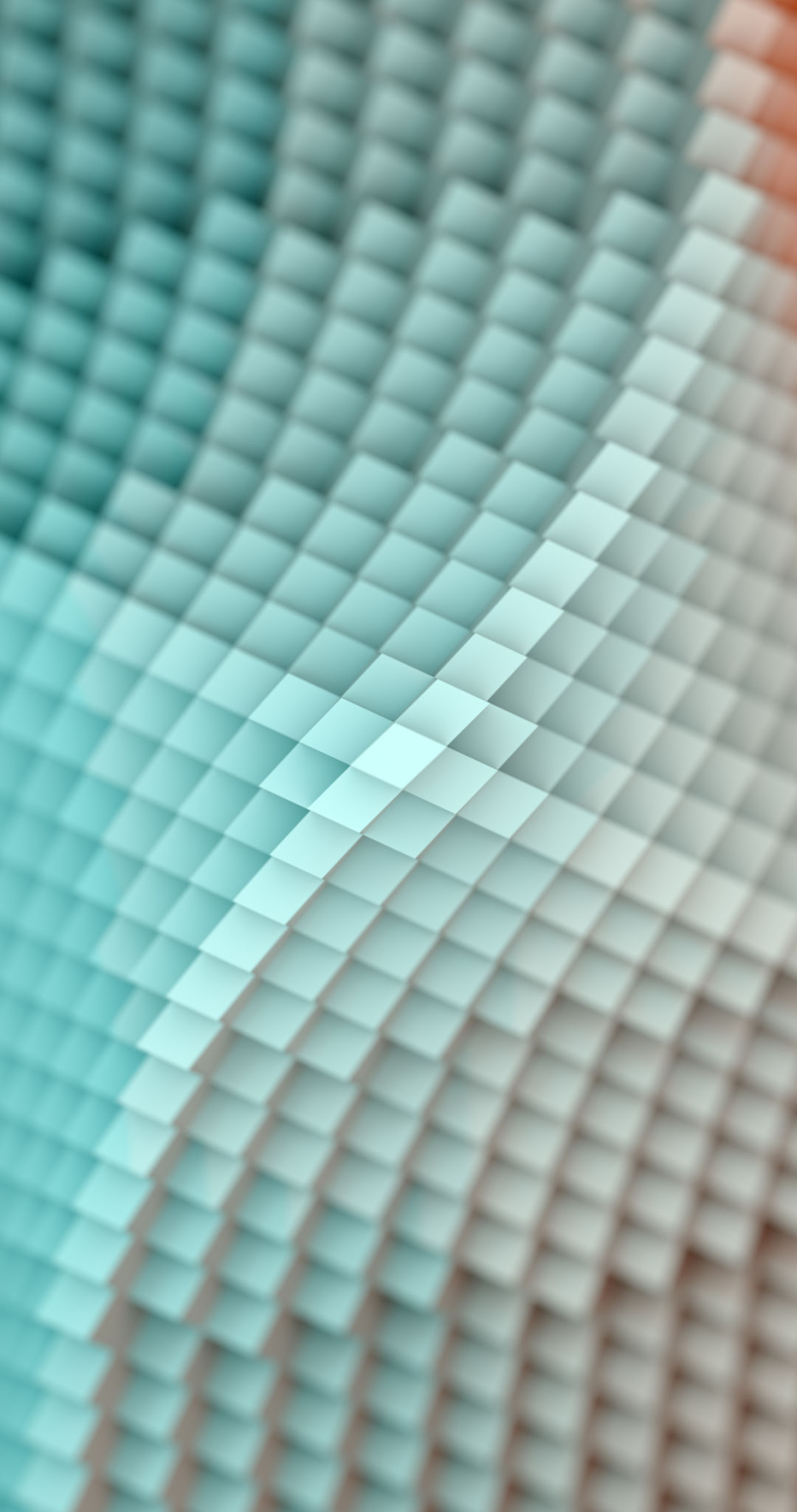Seasonal Trends in 3D Modeling: What to Expect This Year
Introduction to Seasonal Trends in 3D Modeling
As the world of 3D modeling continues to evolve, staying ahead of seasonal trends is crucial for professionals and enthusiasts alike. This year, we anticipate a blend of technological advancements, creative innovation, and market demands shaping the 3D modeling landscape. Understanding these trends can help you leverage the latest tools and techniques to enhance your projects and maintain a competitive edge.

Advancements in Real-Time Rendering
This year, real-time rendering is expected to make significant strides. As industries demand faster and more efficient workflows, real-time rendering technologies are becoming increasingly sophisticated. This trend will impact sectors such as gaming, film, and architecture, where rapid visualization is essential. With improved hardware and software capabilities, artists can now create highly detailed models without compromising on speed.
Furthermore, the integration of AI into rendering processes is set to revolutionize the field. By automating certain aspects of rendering, AI allows for greater creative freedom and efficiency. Expect to see more tools that incorporate machine learning algorithms to optimize rendering pipelines.
Increased Use of Photorealistic Textures
The demand for photorealism in 3D models continues to rise, particularly in industries like advertising and e-commerce. This year, expect a surge in the use of high-resolution textures that mimic real-world materials. Advances in scanning technology have made it easier to capture realistic textures, allowing artists to bring a heightened level of authenticity to their models.

Moreover, procedural texture generation is gaining traction, enabling creators to produce complex surfaces without extensive manual effort. By using algorithms to generate textures, artists can achieve consistent results that enhance the realism of their projects.
Expansion of Virtual Reality Applications
Virtual reality (VR) continues to expand its reach across various sectors, driving new trends in 3D modeling. As VR technology becomes more accessible, the need for immersive and interactive 3D environments grows. This trend will likely lead to an increase in demand for models that are optimized for VR experiences.
In addition to entertainment and gaming, industries such as education and healthcare are exploring VR applications, necessitating specialized 3D content that meets their unique requirements. This year, we anticipate more collaborative platforms that allow teams to work together in virtual spaces, further advancing the utility of 3D models in VR.

Sustainability and Eco-Friendly Modeling Practices
As environmental concerns take center stage globally, sustainability is becoming a key consideration in 3D modeling practices. This trend involves using energy-efficient software, minimizing resource use during production, and opting for digital rather than physical prototypes whenever possible. Artists are increasingly aware of their ecological footprint and are seeking ways to adopt greener methodologies.
Furthermore, this shift towards sustainability is also influencing design aesthetics. There's a growing preference for models that reflect eco-friendly themes, such as natural textures and organic shapes.
Conclusion: Embracing New Trends
In conclusion, the 3D modeling industry is poised for an exciting year marked by significant technological advancements and evolving market demands. By staying informed about these seasonal trends, professionals can better prepare themselves to navigate the dynamic landscape of 3D modeling. Embracing these changes will not only enhance your projects but also ensure you remain at the forefront of innovation in this ever-evolving field.
